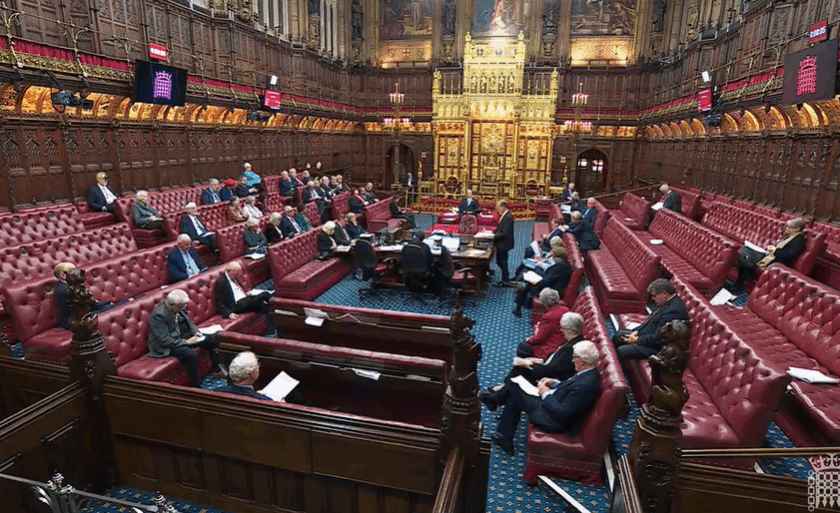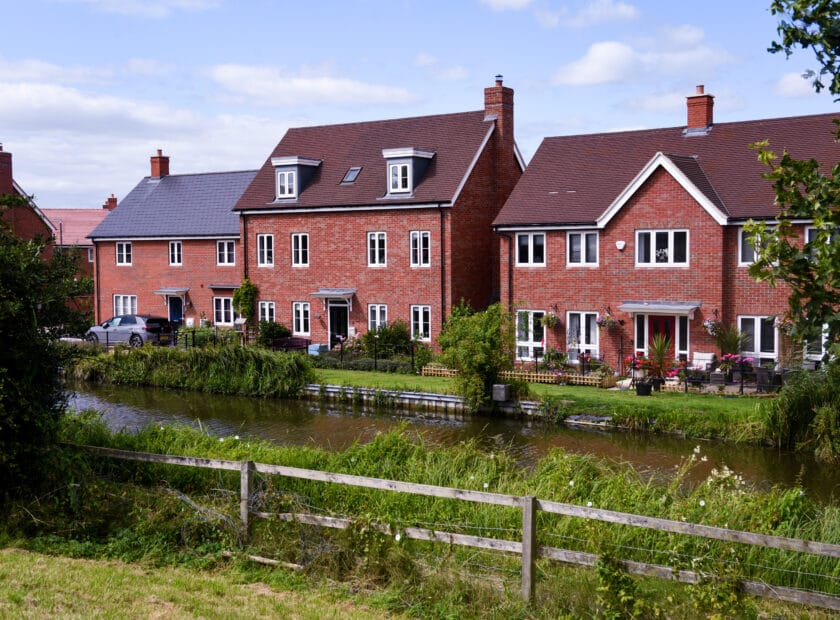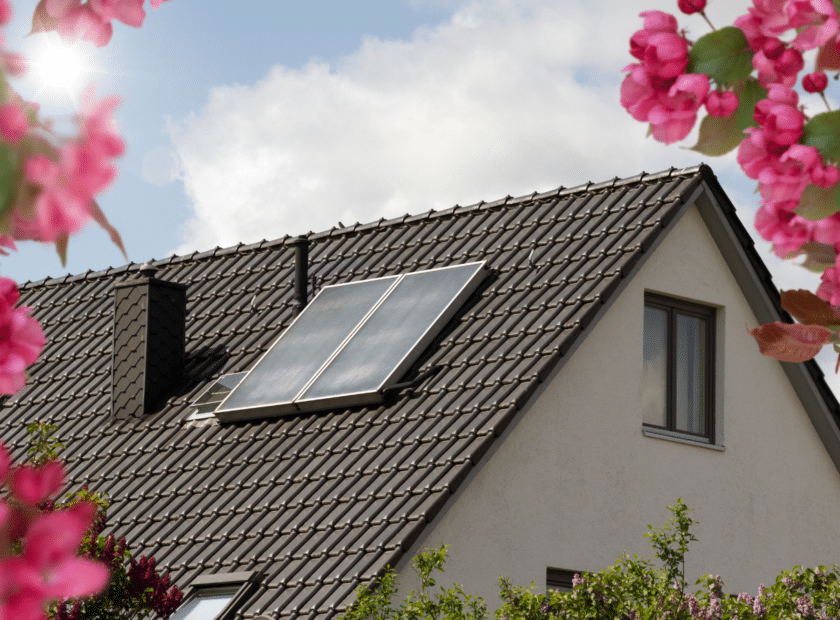In this guest blog, Dr Jenny Wood and Anna Gaffney from A Place in Childhood share six lessons they’ve learnt from their case studies on child-friendly places in England, Scotland and Wales
Across the UK, momentum is growing to create places where children and young people can thrive. Yet when we look for inspiration, it can sometimes be hard to find homegrown examples that show what child-friendly planning and placemaking looks like in practice. Understanding how it can be achieved in our own contexts is even harder.
That’s why A Place in Childhood (APiC) and the Town and Country Planning Association (TCPA) have developed a new set of case studies. These stories shine a light on how planning systems, housing and public space developments can respond meaningfully to the rights, needs and voices of children and young people.
About the resource
The collection brings together five case studies:
- Aberdeen – A city embedding children’s rights into planning and placemaking, with Young Ambassadors leading the way.
- Chobham Manor, London – A London Olympic Legacy neighbourhood designed with family life and community aspirations at its core.
- Pound’s Park, Sheffield – A bold city-centre park built for play, creativity, and inclusion.
- Plas Madoc, Wrexham – A 1960s estate where a strong play culture and adventure playground continue to thrive.
- Whittington Estate, London – A car-free 1970s housing estate that still supports children’s everyday independence.
What we’ve learned
From speaking to people, reading about and visiting these places, we’ve learnt six lessons we’d like to highlight:
- Leadership and collaboration matter. Aberdeen shows how political commitment, sustained funding and partnership with its Creative Learning team created a culture of meaningful, not tokenistic, engagement with children and young people.
- Research and aspiration build better communities. At Chobham Manor, work began with a deep understanding of community needs and ambitions. This shaped generous housing standards, safe layouts and play woven into everyday life.
- Creativity engages whole communities. Pound’s Park demonstrates how intergenerational involvement in public art design helps create symbols and stories that foster belonging.
- Representation of diverse needs is vital. Aberdeen’s Young Ambassadors show how inclusive spaces that reflect different cultures and lifestyles make the city feel safer and more alive for young people.
- Play is more than equipment. It’s also about non-prescribed activities, permission to gather and space to simply ‘be’. Pound’s Park illustrates this with features that appeal across ages and that are welcoming after dark (crucial for the UK’s long winters!).
- We can learn from the past. Historic estates such as Plas Madoc and Whittington show how earlier planning principles—like car-free streets, generous green space, and social layouts—continue to support play and independence today.
Looking ahead
This project has reinforced for us that child-friendly planning isn’t about one element or project. It’s about a culture of respect, creativity and commitment to children’s rights, in both new and existing places.
By looking across past and present examples, we can see how to design and sustain environments where children are visible, valued and free to thrive.
Explore the full set of case studies: Child-friendly places: case studies from England, Scotland and Wales
Header image: Chobham Manor (credit: A Place in Childhood)




